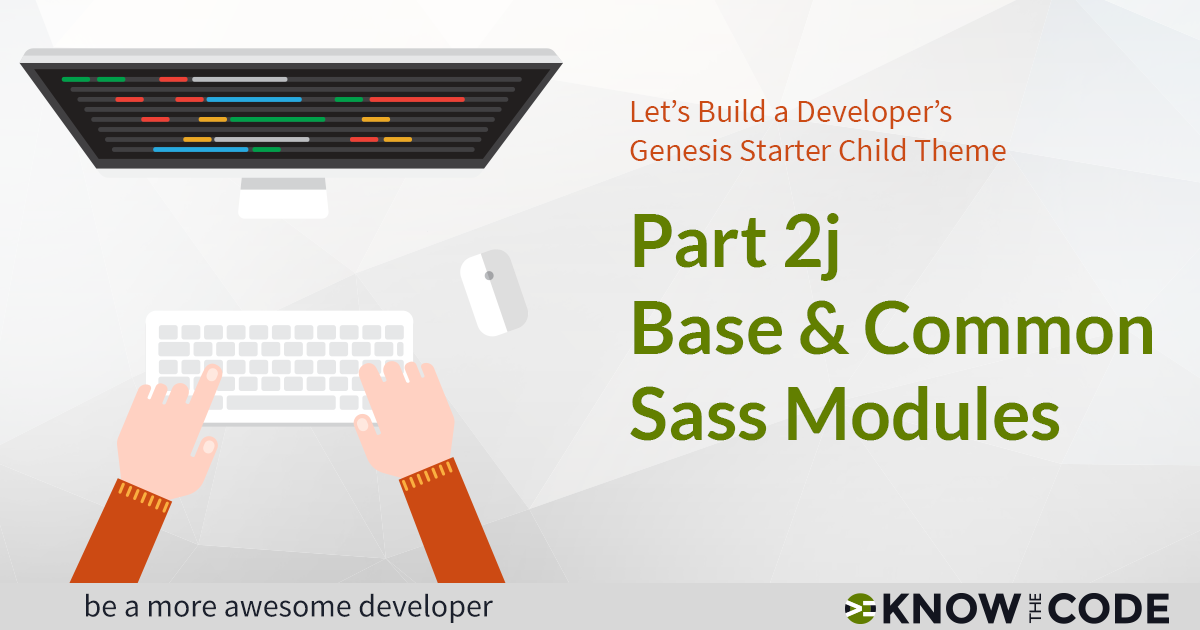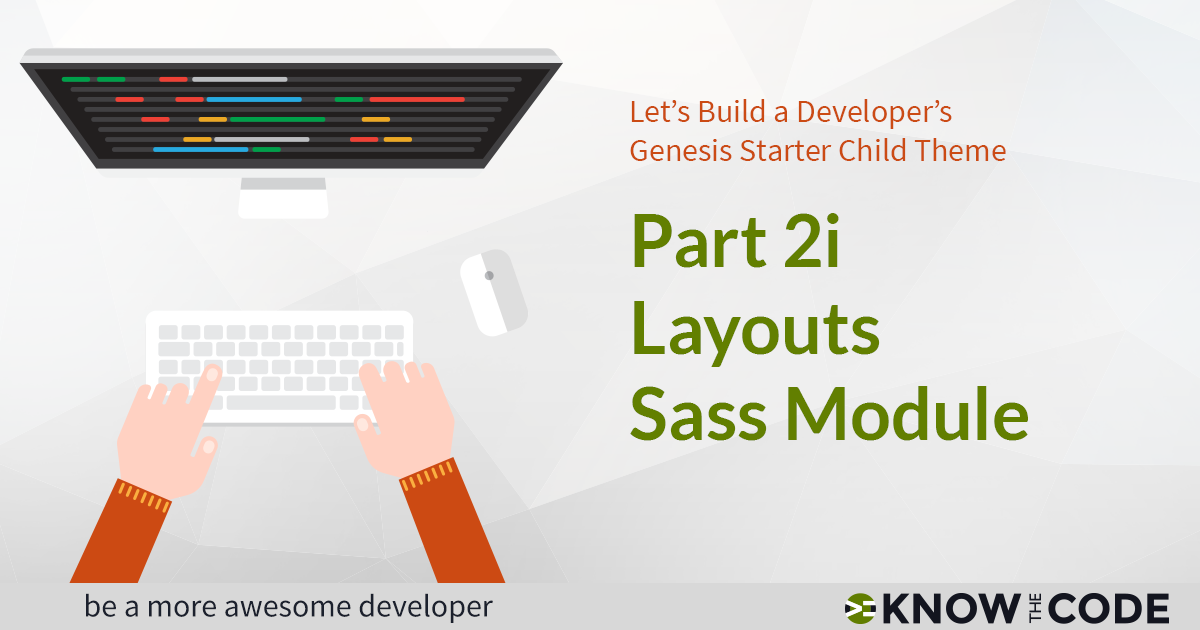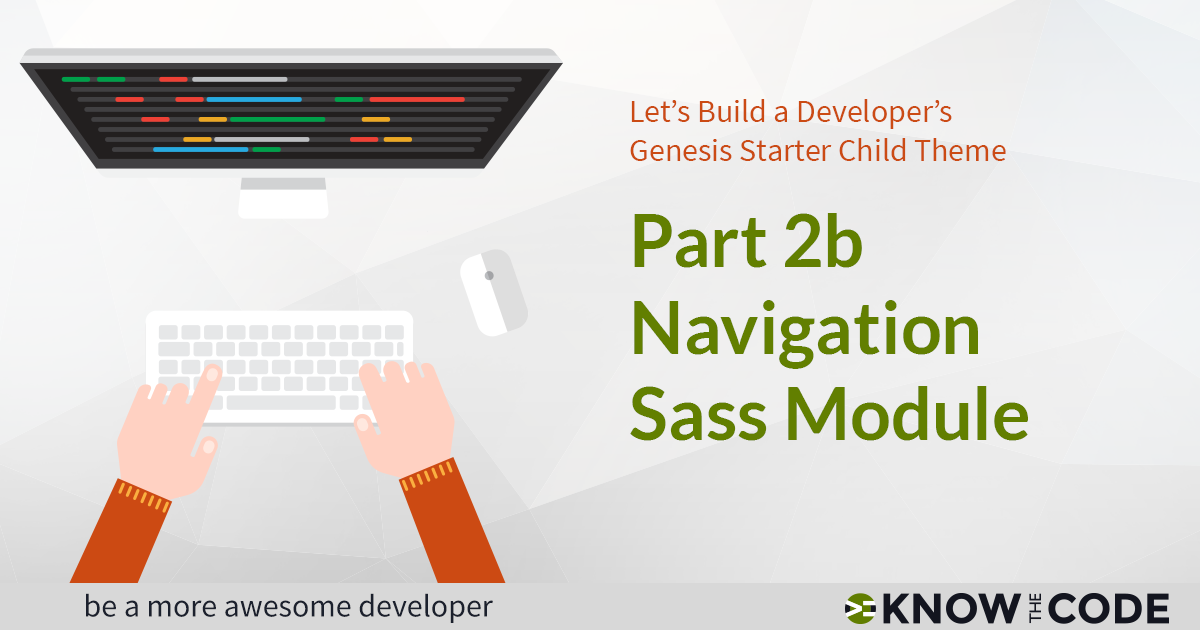In this episode, you will start finishing up the base elements. You’ll add base font family, base font size, and assignments for the various font families that you like to use over and over again. Then you’ll begin working on the headings. You’ll assign a font family, line heights, and font sizes. You’ll learn more about automatic font size generation in the next episode.



